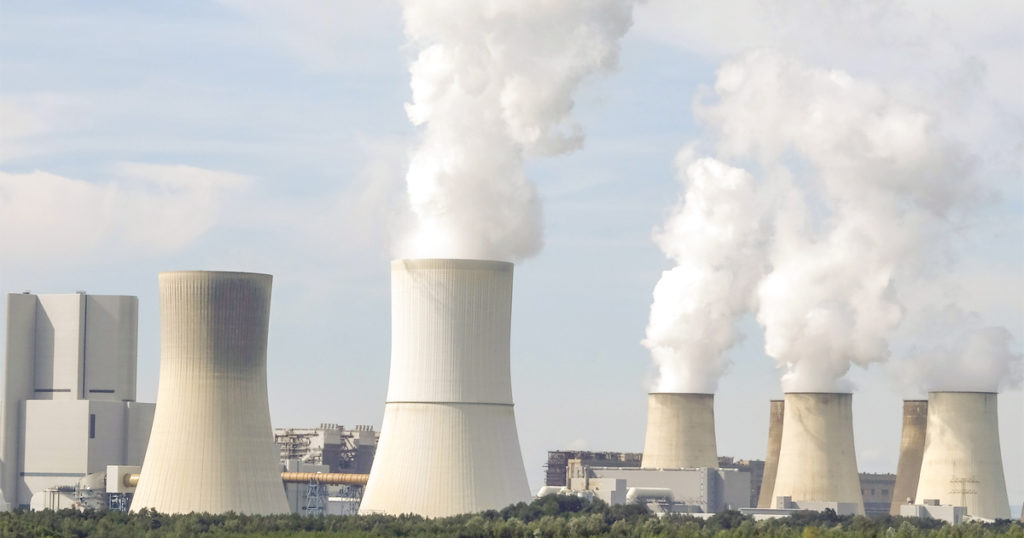By David Goddard and Karen Dunlap.
Nuclear power accounts for roughly 20 percent of the electricity produced in the US, according to the World Nuclear Association.
Thanks to the presence of the Tennessee Valley Authority, that number is even higher in the region it serves, with a third of TVA customers relying on nuclear energy.
Keeping nuclear power plants running requires materials that can withstand factors like radiation, pressure, and heat, so any advancement that better addresses those issues is of benefit to the plants and their customers.
 “Alloys and materials used in reactors should be durable and stay strong for a long time,” said MSE Associate Professor Yanwen Zhang, who has a joint appointment at Oak Ridge National Laboratory (ORNL) and UT. “In order to be as efficient as possible, you have to make it so outages and repairs are few and far between.”
“Alloys and materials used in reactors should be durable and stay strong for a long time,” said MSE Associate Professor Yanwen Zhang, who has a joint appointment at Oak Ridge National Laboratory (ORNL) and UT. “In order to be as efficient as possible, you have to make it so outages and repairs are few and far between.”
A group of UT and ORNL researchers, including Zhang; UT-ORNL Governor’s Chair for Radiation Effects on Materials William Weber; and UT-ORNL Distinguished Scientist Takeshi Egami, have developed a breakthrough material that helps address those concerns.
Zhang explained that a common problem with materials in highly radioactive environments is that they can swell or have voids formed over time, neither of which is ideal.
Their idea uses what are known as single-phase concentrated solid-solution alloys, or SP-CSAs, sometimes called high-entropy alloys, which are composed of multiple elements and have a complex chemical structure.
Using different combinations of elements to fine-tune chemical complexity at the level of both electrons and atoms, the research has resulted in alloys that are much more tolerant to radiation, giving them a longer life in terms of their use in nuclear power production.
“We first hypothesized this in 2014, but now we have proof that it works,” said Zhang. “The previous thought was that alloys with ordered chemical structure were better, but we proposed to randomize various components, and the result was a much more stable alloy under combined extremes of radiation, pressure, and heat.”
Zhang said that alloying certain transition metals, such as nickel and the neighboring elements in its period, and varying their concentration enabled a fundamental understanding of the alloys’ physical, chemical and mechanical properties, revealing the importance of various ingredients.
Testing showed that a nickel-cobalt-iron-chromium-manganese mix and a nickel-cobalt-iron-chromium-palladium mix are by far the most radiation tolerant. The fine-tuning of chemical complexity provides a new paradigm in designing alloys for this vital role in power production.
